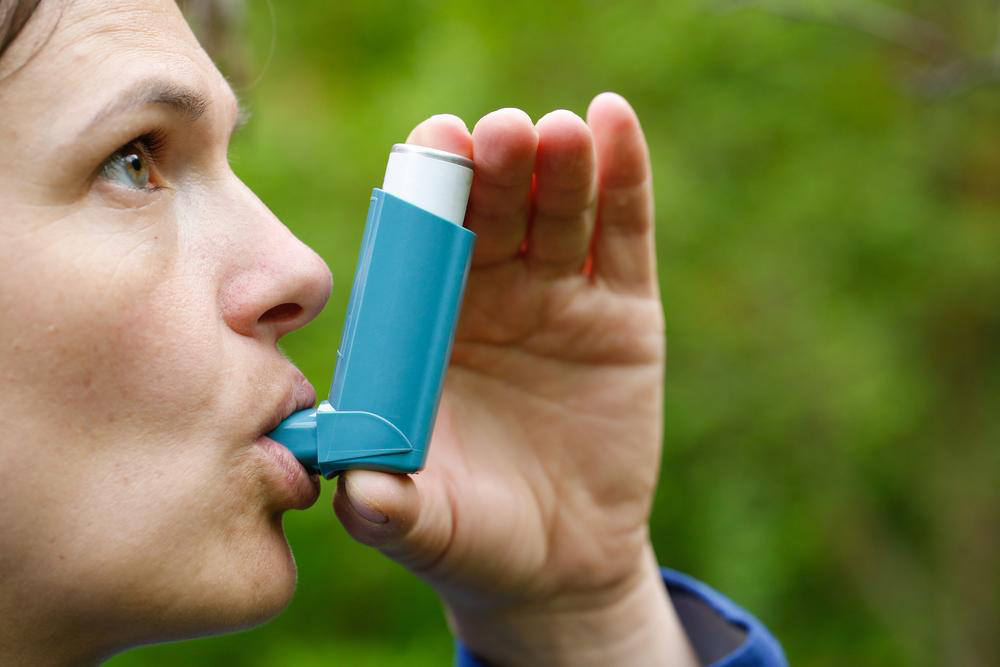4 advanced inhalers types for asthma
Asthma inhalers are classified into different types depending on the mechanisms of their working. The various types include pressurized metered dose inhalers, breath actuated inhalers, inhalers with spacer devices and nebulizers. Each of these have their own merits and demerits.
Pressurized metered dose inhalers or SMDI: This type of inhaler was very popular and was unchallenged for about 40 years.
- The inhaler should always be well shaken before use.
- Inhalation and pressing the cylinder were not synchronized.
- The breath could not be held for long enough after the puff was taken in.
Breath-activated inhalers: Some of them are still MDIs but pressing of the canister is eliminated. One inhales hard at the mouth piece to get the medicine powder released and into the lungs. One needs to breathe in fairly hard to get all the medicine released and into the lung. This is its important drawback as many may not have the suction power required, and they are somewhat bigger, while the advantage is that it requires little or no coordination.
Inhalers with spacer devices: It consists of the pressurized carrier gas cylinder like the SMDI. It has a spindle like attachment at the mouthpiece of which a face mask can be attached for the use of babies and the really old and fragile patients. The medicine, on release, is held in the spacer which is a reservoir. The mask has a valve which opens and closes with the breathing. One has to breathe till the medicine is completely used up before pressing the piston again if more than one puff is recommended. There are several brands in this type. Usual guidelines of SMDIs hold good for this type too. The spacer needs to be cleaned as per manufacturer’s instructions.
Nebulizers: Nebulizers are machines that turn the liquid bronchodilators into a mist and this is to be breathed. These are used in hospitals for severe attacks of asthma and needs large quantities of medicine. It is also useful for frail patients who have weak breathing.



